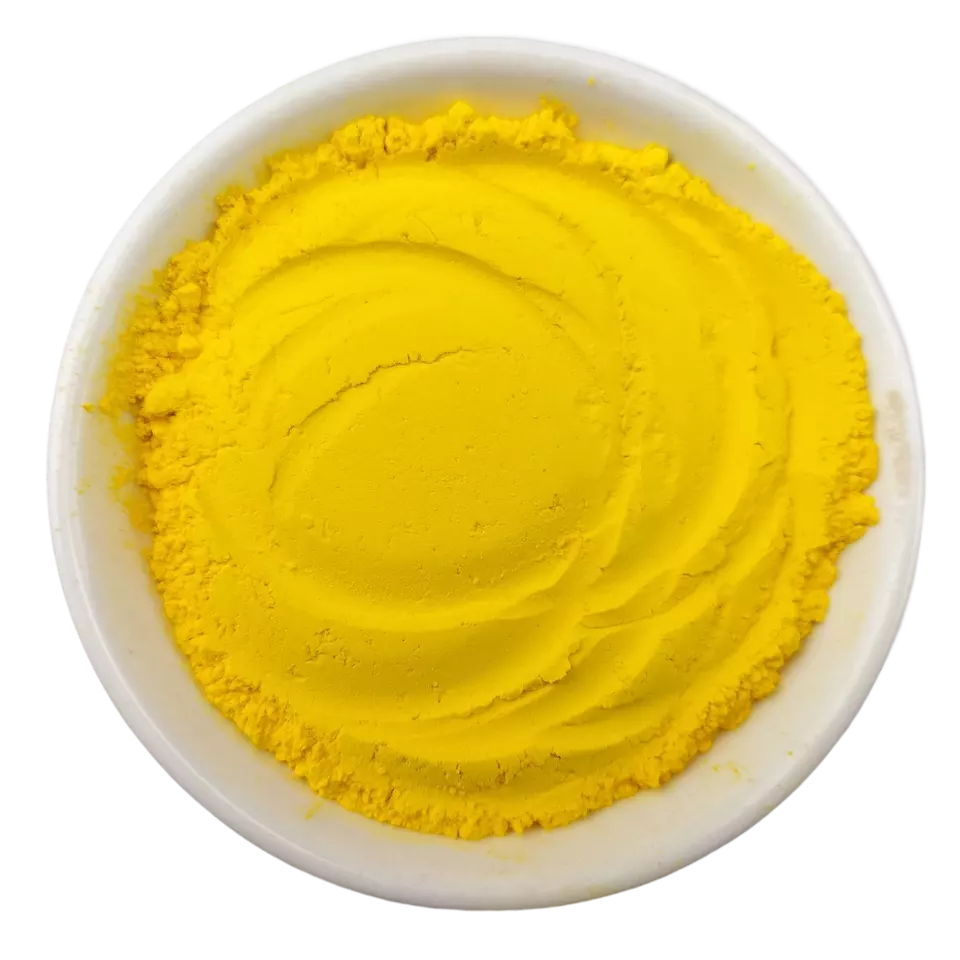
Дек . 03, 2024 16:26 Back to list
Understanding the Chemical Structure and Applications of Titanium Dioxide
The Chemical Formula and Significance of Titanium Dioxide
Titanium dioxide, commonly known by its chemical formula TiO₂, is a white, opaque compound that plays a crucial role in various industries due to its remarkable properties. This inorganic compound consists of one titanium atom bonded to two oxygen atoms, resulting in a stable and versatile substance widely used in products ranging from paints and coatings to food and cosmetics. In this article, we will explore the chemical structure, properties, applications, and environmental impact of titanium dioxide.
Chemical Structure and Properties
Titanium dioxide has a unique crystal structure, which can exist in multiple forms, primarily rutile and anatase. The rutile form is known for its high stability and is often used in applications where durability and weather resistance are essential. On the other hand, the anatase form is typically employed in photocatalytic applications due to its higher reactivity under UV light.
The physical properties of TiO₂, such as its high refractive index and excellent opacity, make it an ideal pigment. It has outstanding brightness and whiteness, making it a preferred choice for the production of white pigments. Moreover, titanium dioxide is non-toxic, odorless, and chemically inert, which further enhances its suitability for various applications, particularly in consumer products such as paints, coatings, plastics, and food additives.
Applications in Various Industries
The use of titanium dioxide spans a wide array of industries due to its versatility and effectiveness. One of the primary applications is in the paint and coatings industry, where it serves as a pigment to provide opacity and brightness. It is used in both interior and exterior paints, giving surfaces a durable, weather-resistant finish.
In the plastics industry, TiO₂ is added to materials to enhance their color and UV resistance, thereby improving the quality and longevity of plastic products. Additionally, its photocatalytic properties are leveraged in self-cleaning surfaces and air purification systems, where it facilitates the breakdown of organic pollutants when exposed to light.
titanium dioxide chemical formula

In the food industry, titanium dioxide is commonly used as a food additive (E171) to improve the whiteness and opacity of various food products, including candies, dairy items, and baked goods. However, the safety of using TiO₂ as a food additive has come under scrutiny, leading to regulatory reviews and discussions about its potential health effects.
Furthermore, titanium dioxide finds its way into cosmetics and personal care products, where it is utilized for its opacifying properties in foundations, sunscreens, and powders
. Its effectiveness as a UV blocker makes it a popular ingredient in sun protection products, providing a physical barrier against harmful UV radiation.Environmental Impact and Regulations
Despite its widespread use and benefits, the environmental impact of titanium dioxide has raised concerns in recent years. The mining and production processes can result in habitat destruction and pollution if not managed sustainably. Additionally, the potential health risks associated with inhaling TiO₂ nanoparticles have sparked debates among scientists and regulatory bodies.
In 2021, the European Food Safety Authority (EFSA) announced that it could not estimate the risk to public health from the use of TiO₂ as a food additive, leading to a proposal for a ban on its use in food products. This decision highlights the need for ongoing research and assessment of the safety of titanium dioxide in various applications, particularly as nanotechnology continues to evolve.
Conclusion
Titanium dioxide, with its chemical formula TiO₂, is a remarkable compound that has become integral to numerous industries due to its unique properties and versatility. From providing brightness and opacity in paints to serving as a photocatalyst for environmental applications, its role is multifaceted. However, as concerns about its environmental and health impacts grow, it is essential for industries and regulatory bodies to continue evaluating its use and ensuring that it is employed safely and sustainably. As we advance in technology and understanding, titanium dioxide will undoubtedly remain a significant player in both industrial and consumer markets, paving the way for innovative applications while prioritizing safety and environmental responsibility.
-
High Quality China Black Iron Oxide Powder Supplier Competitive Price & Fast Delivery
NewsJul.08,2025
-
High Quality Titanium Dioxide Used in Rubber – Trusted Supplier & Factory Price
NewsJul.08,2025
-
High Purity Barium Sulfate Particle Size - Wholesale Manufacturer from China
NewsJul.07,2025
-
Premium Titanium Dioxide Lomon R-996 Supplier – Quality & Wholesale Price from China
NewsJul.07,2025
-
Top Titanium Manufacturers in China - Quality Titanium Dioxide Supplier & Production Line Solutions
NewsJul.06,2025
-
OEM Titanium White Supplier & Factory – High Purity, Consistent Quality for Industrial Use
NewsJul.06,2025
